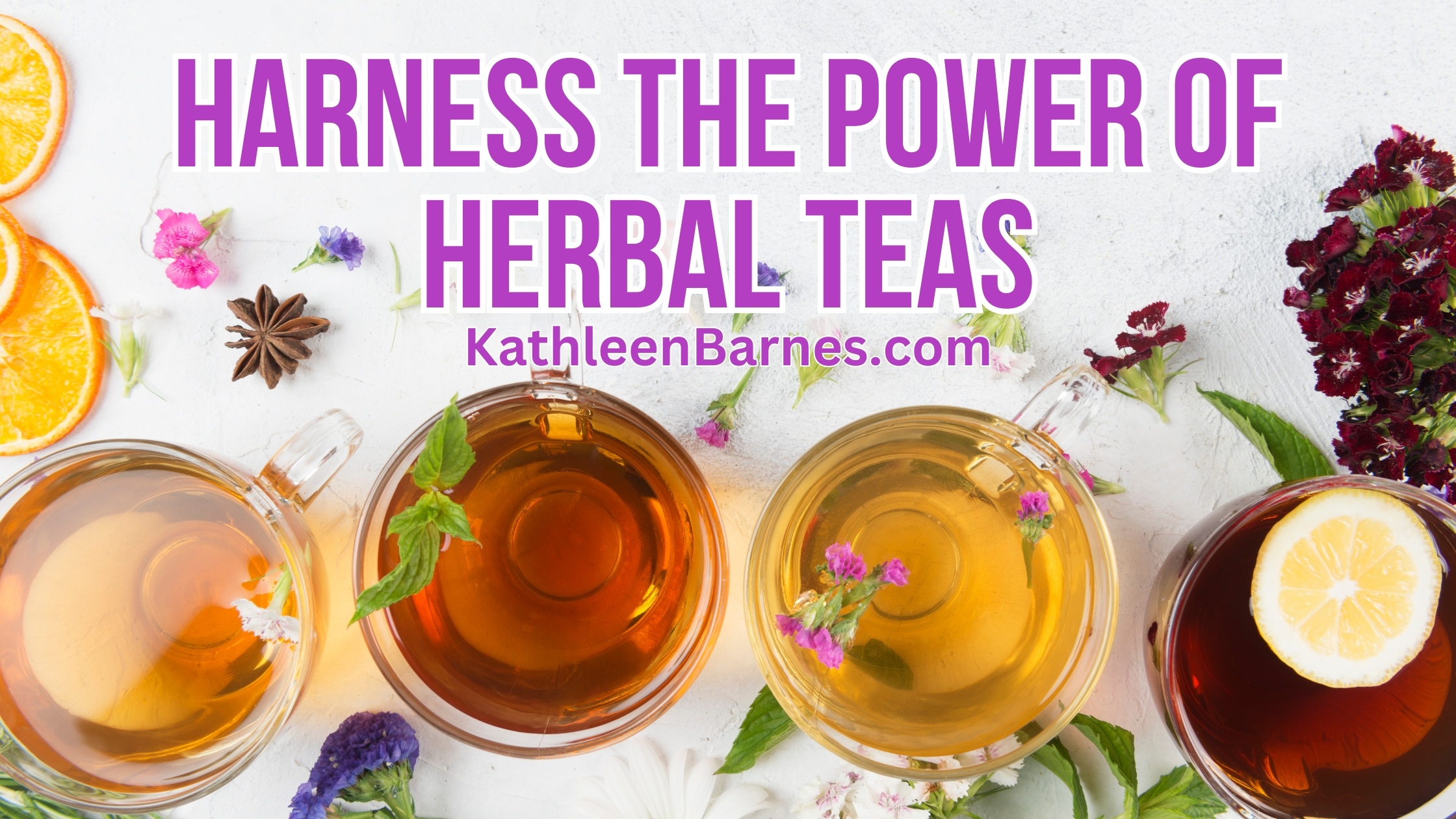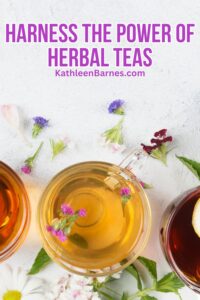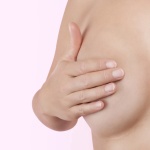In many cultures, the power of herbal teas have been seen as more than just a cure. They are a sacred healing medicine that connects humans to the earth and it’s bounty.
From across Asia all the way to the dense jungles of South America, people have used wild plants to make powerful medicines and harness herbal teas for millennia.
The power of herbal teas remind us how closely we are connected to the earth and how what we eat and drink can truly be our medicine.
Many are rediscovering this old knowledge because more and more people are interested in how wild plants can address problems without dangerous side effects.
As we learn more about the colorful history of herbal tea, we find a world full of natural ways to heal and stay healthy.
This article is just an overview of different herbal teas and how they can improve your health and heal your body. They are an essential part to health and well-being and the nice part is they are affordable and easy to find.
The Basics of Herbal Tea
Most regular black, green, white, and oolong teas are derived from the Camellia sinensis plant. Herbal teas are different in that they come from flowers, fruits, spices and herbs.
Unlike regular tea or coffee, herbal teas don’t contain caffeine which makes them good to drink any time of the day or night.
In order to use the power of herbal teas effectively, one must understand the different herbs and their effects.
For example:
- Chamomile – known for it’s calming effects
- Mint – aids in digestion and can relieve nausea
- Ginger – lowers inflammation and improves immune function
Herbal teas are normally used as an infusion in hot water. The easiest way to start using them is to buy pre-blended tea bags from your local grocer. There are blends for calming, sleeping, and for reducing inflammation.
Once you learn which herbs do what, you can then explore blending and making your own teas. It can be as simple as harvesting dandelion from your yard.
There are many books and resources available on the topic if you wish to go deeper into tea making and blending. A good rule of thumb is that flowers and leaves will require less heat than roots and seeds.
Herbal teas tend to be more forgiving that regular teas in that they don’t turn bitter if brewed too hot or too long. They simply get more flavorful.
Selecting, blending, and brewing your own herbal teas connects you to nature and what is has to offer. Wrapped in that warm, steaming mug is powerful medicine that is safer and as effective as modern synthetic options.
If you are ready to take a holistic approach to your health, herbal teas are the perfect way to get started.
The Health Benefits of Herbal Tea
Herbs are a treasure trove of natural remedies, and blending them into tea is one of the easiest ways to implement them into your regimen.
Each blend can offer its own unique plethora of benefits that tap into your body’s natural healing mechanisms.
Herbal teas use different parts of the plant. If you are harvesting your own, take note of which part of the plant is best for tea below.
Let’s outline some of the main herbs used for tea:
- Chamomile (Flowers) – Chamomile contains a gentle sedative that promotes relaxation and calm. Chamomile contains the antioxidant, apigenin, which binds to receptors in the brain and help diminish insomnia and induce sleepiness. This is the heart of the power of Chamomile to enhance overall health by facilitating deeper sleep and helping you stay asleep.
- Peppermint (Leaves) – Peppermint makes a refreshing tea that improves digestion and reinforces your immune system. It has been used for centuries to relieve bloating, indigestion, and gas. The antimicrobial qualities also make it an immune booster that support the body’s defenses.
- Ginger (Root) – Ginger is well-known for its potent anti-inflammatory properties. Gingerol, the main bioactive compound in ginger is responsible for its use in treating nausea and other inflammatory conditions like arthritis.
- Hibiscus (Flowers) – Hibiscus makes a pleasing tea with a deep red color and sour taste. Behind these attributes, it also packs a powerhouse of health benefits. Hibiscus lowers blood pressure and improves cholesterol levels, thanks to its high volume of antioxidants. In addition, hit also eliminates toxins from the liver and enhances the metabolism.
- Echinacea (Root) – Echinacea increases the production of white blood cells which help the body fight infections. This make it a wonderful tea that can shorten the duration and severity of colds and flu. Drinking Echinacea tea regularly can fortify the body’s natural defenses and make you better equipped to deal with pathogens.
- Dandelion (All parts) – Dandelion is a common weed that many may view as a nuisance, but it’s actually a potent herbal remedy that detoxifies the liver and supports the liver. As a tea, it acts as a diuretic and assists the body in removing toxins through urine production. There is also a growing body of evidence that Dandelion also decreases triglycerides and cholesterol, which are key factors in heart disease.
- Nettle (Leaves) – Nettle tea is a powerhouse of nutrients, including vitamins and minerals that support joint health while exhibiting anti-inflammatory properties. It is rich in vitamins A, C, and K, and minerals like calcium, iron, and magnesium. As an anti-inflammatory compound, Nettle tea can relieve the pain and swelling associated with arthritis.
Herbal teas are gentle, but powerful aides to maintaining health and preventing disease. The broad spectrum of benefits have been known for thousands of years and show the potential of nature’s incredible pharmacy.
The Art of Brewing Herbal Tea
Brewing the perfect cup of tea is an artform and not unlike performing an ancient ritual. It is a mindful practice that connects us with nature’s healing powers. Each step contributes to the potency and unique flavor of the tea. Let’s go through the steps of brewing the perfect cup of herbal tea.
- Water – The type of water you use matter. Use fresh, cold water that is preferably distilled or filtered to remove impurities. This is the foundation of your cup of tea.
- Water temperature – Water that is just under boiling temperature is ideal, about 208 to 212 degree Fahrenheit. This is the perfect temperature to extract the flavor and medicinal qualities from the ingredients. When brewing teas using delicate herbs like chamomile or dandelion, the temperature can be slightly cooler.
- Steeping – Steeping is allowing the tea to sit for an approximate amount of time after blending it with your water. Leaves and flowers should steep for 5 to 10 minutes, whole roots and barks should steep for 15 to 20 minutes. It’s also a good idea to cover your tea while it steeps to seal in the aroma for a more flavorful and potent concoction.
- Experimenting – Making the perfect cup of tea is a personal journey. If you branch out into using loose herbs or using things you’ve grown yourself, begin with a tablespoon per cup of water. Dried herbs are more concentrated and will require less. Remember, the longer you steep your tea, the richer the flavor and medicinal properties.
Innovative Uses for Herbal Teas
Herbal teas aren’t just for drinking. You can incorporate the power of herbal teas into other uses to further enhance their positive effects.
Here are some innovative ways you might consider using herbal teas:
- Using Herbal Teas in Your Bath – A bath all by itself can be a calming experience, but you can enhance that by adding a strong brew of chamomile or lavender to your bathwater. This will create a soothing and skin-nourishing bath that will help calm your mind, soothe your skin, and relax tension and stress.
- Using Herbal Teas as Steam Therapy – Eucalyptus and peppermint teas can be used in vaporizers to relieve nasal congestion. Simply boil a pot of water, poor it over the herbs, and lean over the bowl with a towel over your head. Inhale deeply and let the steam help clear your respiratory passages and relax you.
- Using Teas in Cooking – Have you ever thought about using herbal teas for the liquid component in various dishes? A strong ginger teas as a base for Asian-inspired soups and sauces sounds divine, doesn’t it? Peppermint tea is a refreshing twist for many foods, and Hibiscus makes a great tangy base for jams, sorbets, and dressings.
- Herbal Ice Cubes – Brew a strong herbal tea, let it cool, and poor it into ice cube trays. These frozen treat are perfect to add flavor and nutrients to your water or other cool beverages during summer. Stay cool and hydrated with a side benefits from the health beneftis of the tea.
These ideas allow you to full embrace the versatility and healing potential of these natural remedies. From steaming mugs to baths to cold infused drinks, herbal teas are a wonderful gateway to wellness rooted in traditional medicine.
Using Harness the Power of Herbal Teas Safely
It’s important to be aware that even though they are a natural remedy, herbal teas can still have side effects or cause allegic reactions. They can even interact with certain medications, so it’s important to consult your physician before implementing them into your health regimen.
Things to watch out for and consider:
- Side Effects – There is an equal chance that herbal teas may cause adverse reactions in come individuals. Familiarize yourself with the possible side effects of the herbs you intend to consume.
- Moderation – Don’t attempt to maximize the positive effects of hebal teas by consuming them in large amounts. As with anything, moderation is key.
- Selecting Quality Teas – Read labels carefully when selecting herbal teas. Pay special attention to the ingredients and sourcing locations. Organic teas are probably best, but again, read your labels!
- Tea Bags vs. Loose Leaf – Loose leaf teas can offer a fresher, more potent brew. Many tea bags contain herbs that have been finely ground and may have lost some of their healing qualities. Also, some tea bags may be made from undesirable materials, so know what you’re getting when you buy.
- Consult Your Healthcare Professional – Again, I can’t emphasize enough that you should speak with your doctor before trying herbal teas, especially if you have health conditions, are pregnant, or breastfeeding.
While herbal teas can be a powerful supplement to your wellness routine, adverse reactions are also equally possible.
Final Thoughts
As you consider exploring the flavorful world and power of herbal teas and its many health benefits, you will gain powerful knowledge of different herbs.
This is how medicine was practiced long before there was a pharmacy on every corner and inside of Walmart.
Reconnecting with old knowledge is a cherished feeling, and it’s something you’re able to share with friends and family, makes a great gift, and keeps on giving over and over again.
The next time you’re looking for something thoughtful to give that person in your life who has everything, consider getting them a nice mug, some tea, and a book on herbal remedies. It’s a wonderful gift for any occasion or just because.








